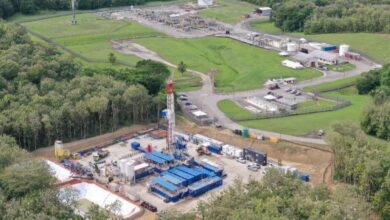Entegra Attachments announces purchase of Bloom Manufacturing
Entegra Attachments acquired Bloom Manufacturing, a manufacturer of standard and custom designed hydraulic winches, speed reducers, parts and accessories, in July 2020.
Entegra Attachments focuses investments in manufacturers offering highly unique product and service propositions across an array of industrial stationary and mobile attachment platforms.
“Bloom’s unique value proposition and 110-year legacy of high-quality products, backed by substantial intimate knowledge and engineering expertise, is exactly the unique mix we were looking for,” Michael Flannery, Entegra CEO, said. “We believe Bloom’s significant service attributes, along with a wide array of standard and custom designs tailored to customer’s unique needs and further enhanced by increased investment, offers strong potential for sustained growth.”
Bloom’s business designation has been modified to Bloom Manufacturing, LLC. “The LLC designation is the only thing that will change, with respect to who Bloom Manufacturing is and what we stand for,” Mark Collett President, said. “I chose to sell to Entegra, due to their desire to maintain the same strong product and service mix that Bloom’s customers have relied on for many decades. With increased investment from our new owners, we will be able to expand this powerful one stop shop source for the highest quality hydraulic winches and speed reducers available in the market today.”




